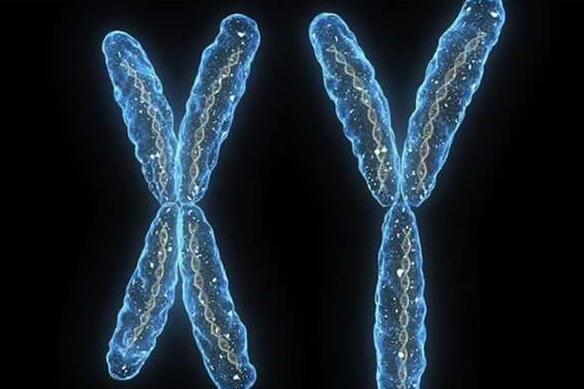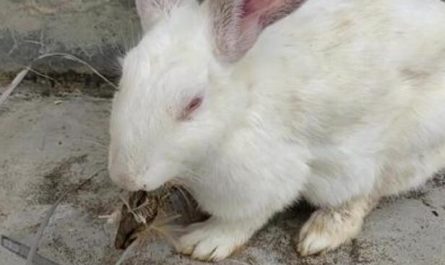For humans, many genes on sex chromosome Y are not particularly important. In other words, if a few are lost during the process of genetic duplication, they are also lost-so the Y chromosome gets shorter and shorter. This is a process called genetic decay. Even if the Y chromosome itself is lost, individuals with genetic problems can survive.
But now, Daniel Winston Bellott has conducted a new study in the laboratory of David Page at the Whitehead Institute. He has discovered that the genes on the snake’s sex chromosomes are crucial and are involved in key development. process.
“It turns out that the surviving genes on these specific sex chromosomes may play a very important role in controlling how to read, interpret and express all the genes on all chromosomes.”
In the process of evolution, some autosomes became so-called sex chromosomes, but the specific evolution process is still very mysterious.
Therefore, Bellott thinks snakes are particularly useful in research. “The sex chromosome system of snakes is very old, and many genes have been lost over time, so the remaining are very important genes.”
To learn more about the evolution of chromosomes, Bellott and Page first collected a list of “ancestral genes”, looking for common ancient genes from different snake species.
To Bellott’s surprise, the genes retained on the snake’s specific chromosomes have nothing to do with sex determination. They are not expressed frequently in specific organizations related to gender.
On the contrary, their research identified three key characteristics of genes on sex chromosomes. First, the genes on the sex chromosomes must be sensitive to dose. In other words, if there are more or less protein products regulated by genes, snakes will get sick or die. Second, genes may be widely expressed in different tissues, rather than confined to a specific organ or region. Third, the existing genes are all negatively selected. In short, this means that if there is a problem with one of these genes, the snake has a very small chance of surviving or producing offspring.
When Bellott studied in depth, he discovered that for many genes, equivalent genes in humans play a role in key developmental processes such as facial formation.
He said that future scientists will be able to predict developmental disorders through genes. “In a sense, our research on snakes is the beginning. Then, by studying the Y chromosome genes of snakes and birds, it is possible to find out more of the real culprits of human birth defects that cannot be explained today.”






